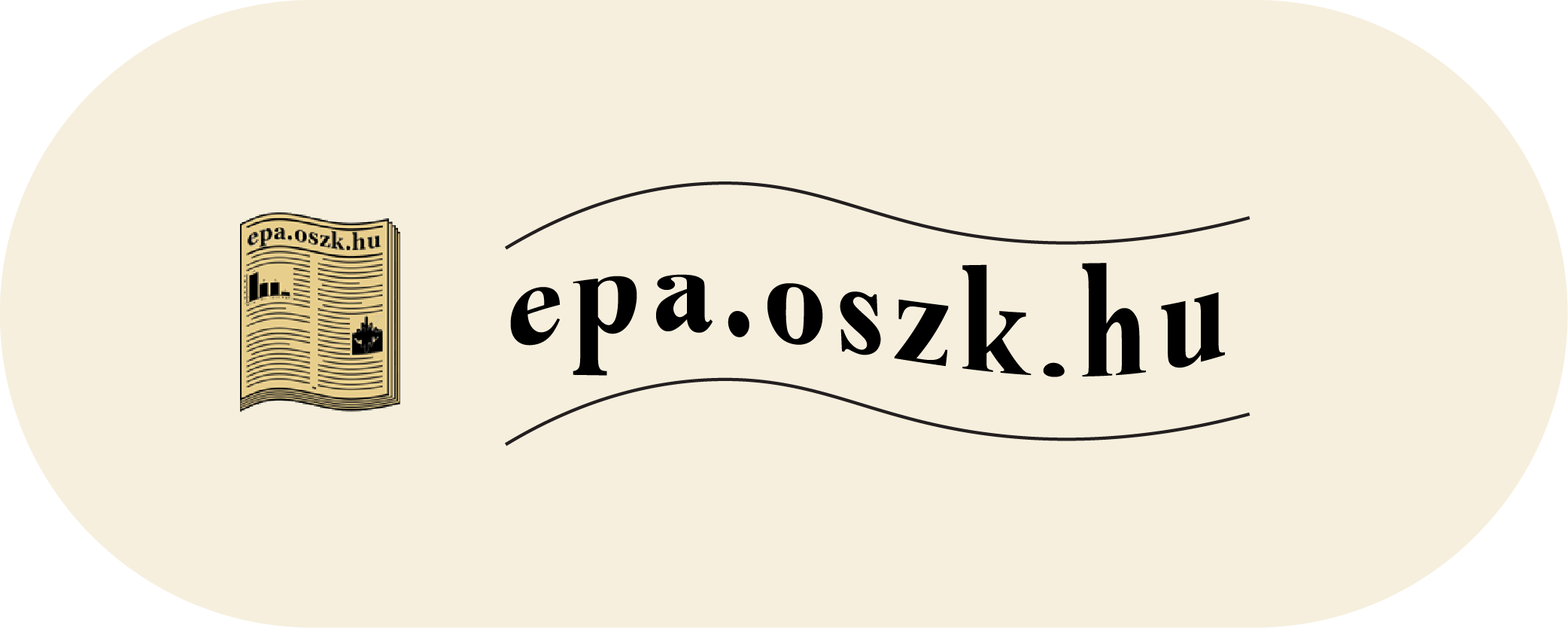Search
Search Results
-
Europe’s most visited countries’ coastal areas affected by overtourism
98-122Views:55Tourism has a constant impact on the environment and on society, taking these impacts into
consideration reveals that these are not always beneficial. Negative impacts include increased
pollution, inappropriate construction, conflicts between local society and tourists, crowding and
congestion. The objective of my research is to study coastal areas affected by overtourism in
southern European countries. By examining tourism in the European countries that received the
most international tourists in 2019, I illustrate the importance of 3S tourism (sea, sand, sun), the
mass of tourists it attracts, and its effects. The tourism of France, Spain and Italy, with their sunny sandy coasts, are presented by summarising data sets from various international databases.
I analyse the cases of some destinations from the three countries that are the main focus of the study, based on previously published articles. Coastal areas that have been associated with the
overtourism phenomenon by other authors are also presented. -
A Comparative Study on the Characteristics of Rural Tourism in Transcarpathia and in the Highland
63-90Views:55The article, after a short historical presentation of those Slovakian (the Highland) and Ukrainian
(Transcarpathia) regions where Hungarians still play a major role in the population, focuses
on the perspectives of rural tourism development in the mentioned areas. The research was conducted
in more phases: 1) review of the relevant literature; 2) searching for the eligible hosts;
3) evaluation of the questionnaires distributed among the hosts involved in rural tourism in
Transcarpathia and in the Highland; 4) processing and evaluation of data.
The main aim of this empirical research was to compare the Highland questionnaire survey
findings with the Transcarpathian data to identify the similarities and differences in rural tourism
of these areas that have been developing at different pace and under different socioeconomic
conditions in the two countries. -
The impact of recent migration flows on the number of Hungarians in Transcarpathia, Ukraine
5-29Views:111According to the last Ukrainian census in 2001, 152 thousand people declared Hungarian
ethnicity in Transcarpathia. Since that time, there is no reliable and up-to-date data on the
ethno-demographic development of the region’s population. It is especially hard to register the
migration flows particularly salient since the outbreak of the armed conflict in East Ukraine
in 2014. Based on four data sources (official Ukrainian and Hungarian statistics and two
representative surveys), the present study aims at revealing the volume of the permanent and
temporary migration of Hungarians in Transcarpathia and its impact on their number. We
found that the same migration flow is associated with various figures by each of the data sources
conducted with different methods and by different actors. According to the more reliable surveys,
9 to 14 thousand ethnic Hungarians emigrated from Transcarpathia since 2001; consequently,
the number of Hungarians is estimated at approximately 130 thousand people in the beginning
of 2017. -
Linguistic Landscape of Turistical Attractions in Transcarpathia
91-118Views:43The change of the linguistic landscape is a sore spot for the minority population that can be
driven out of the virtual language use. Linguistic landscape is not only indicative of the language
vitality of an area or region’s population, but can also reflect the real language ethnicity.
Extralinguistic factors are as important as the two basic functions of linguistic texts and
the models explaining the elements of the linguistic landscape. Such a factor is a small area
or region’s economic, in our case touristic development. The increased tourist demand of the
majority brings about numerous phenomena that are of significant influence on the linguistic
landscape of the minorities’ territory. This research is aimed at revealing the influence a local
economic investment makes (can make) on the formation of the territory’s linguistic landscape.
I would like to show the changes in the linguistic landscape recorded by Hodinka Antal Research Centre in its photo database of 2011–2012, February and September of 2016, as well as of 2017 on the
basis of my observations and photographs. -
Touristic entrepreneuring: „Szeklerland, the East of West and West of East”
206-226Views:36The present article analyses the touristic market in Covasna/Kovászna county, Transylvania, Romania. The basis of the paper are 30 semistructured deep interviews and one
focus group interview which had 6 participants who are all representatives of organisations active in the field of tourism. As the result of our research we can clearly state
that there are four different regulation levels: the level of governmental regulations,
professional organisations, cooperation and level of informal economy. Through the
presentation of these four levels we will also touch upon the issues related to professionalization, trust and quality.





